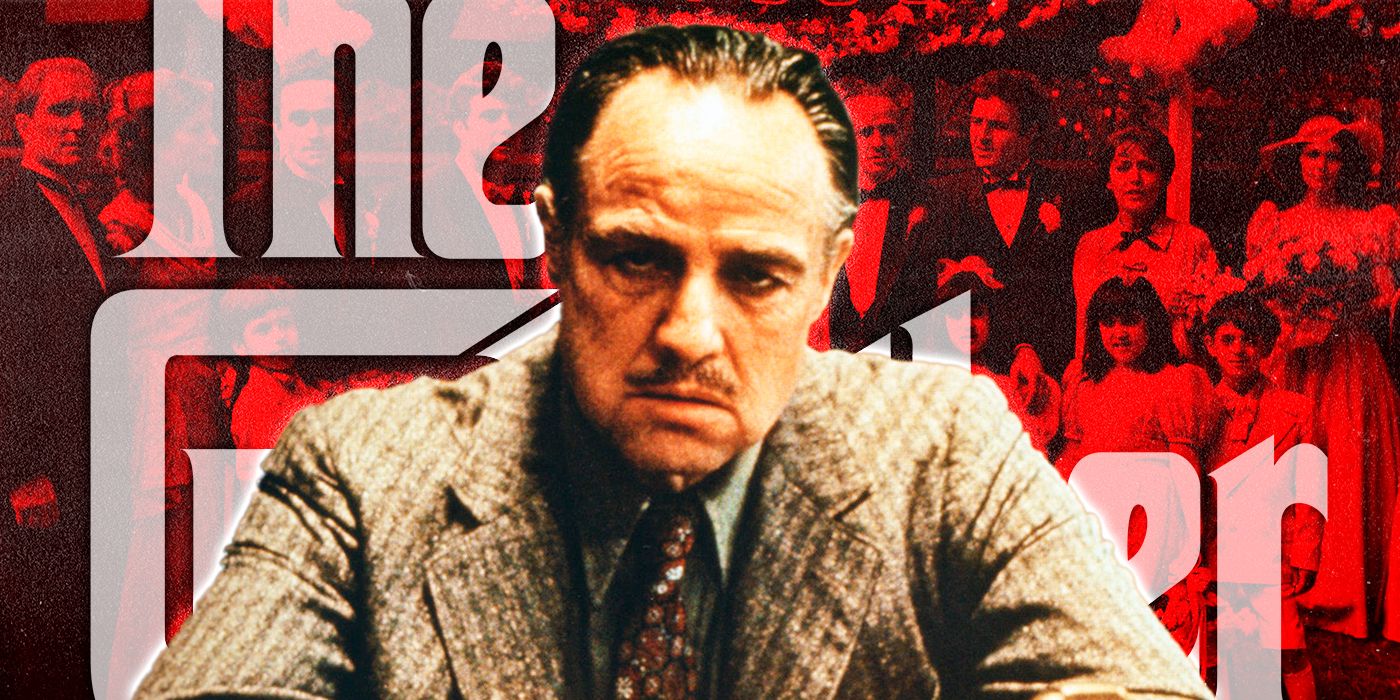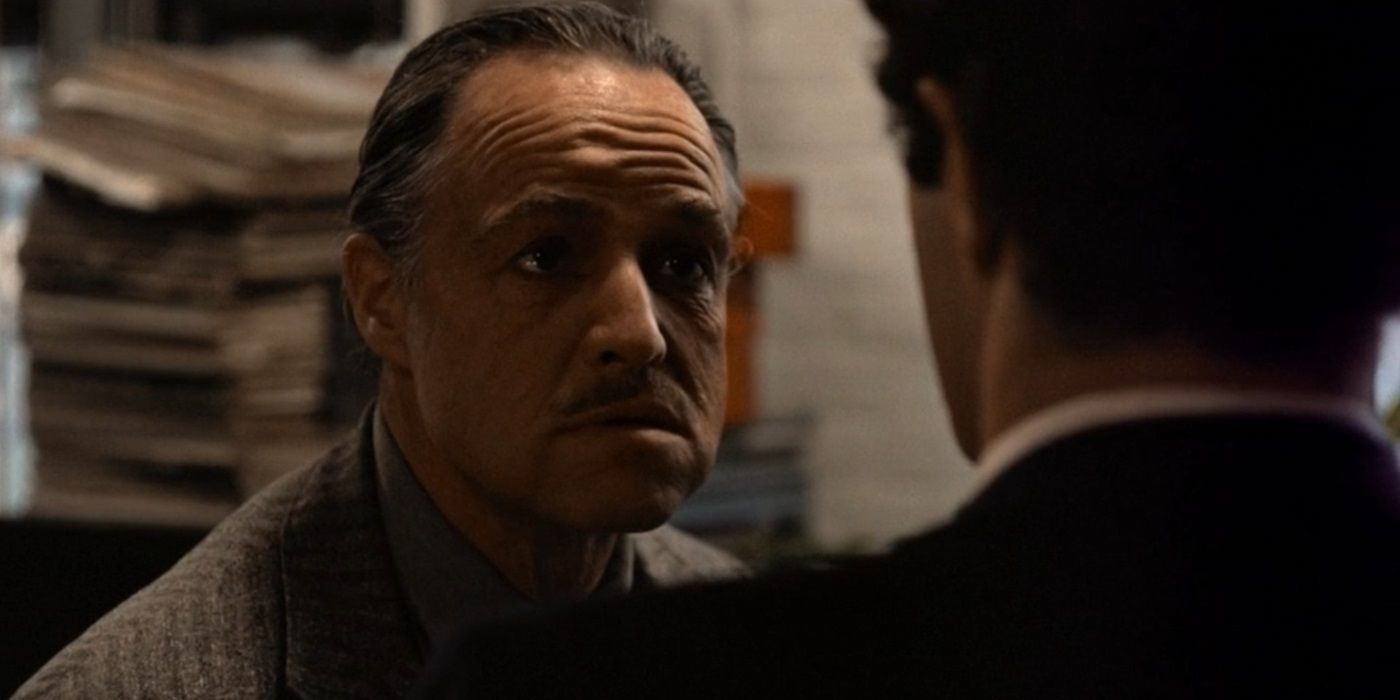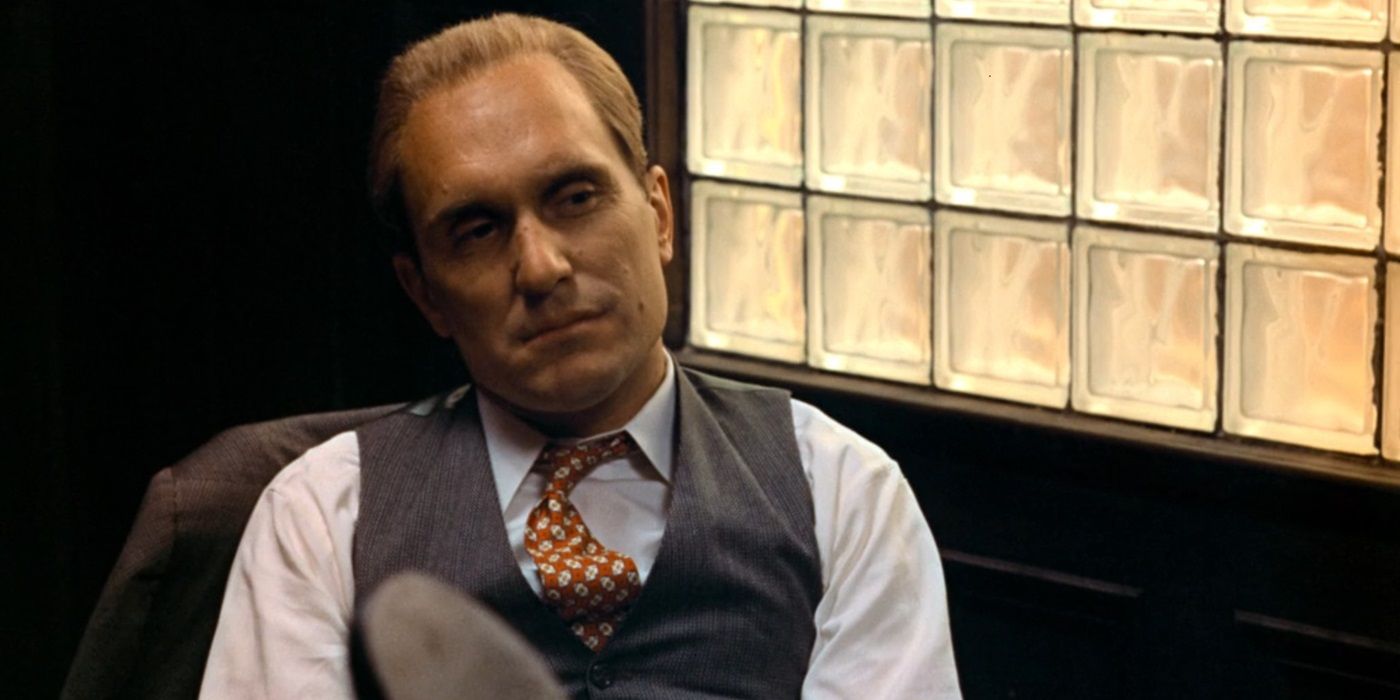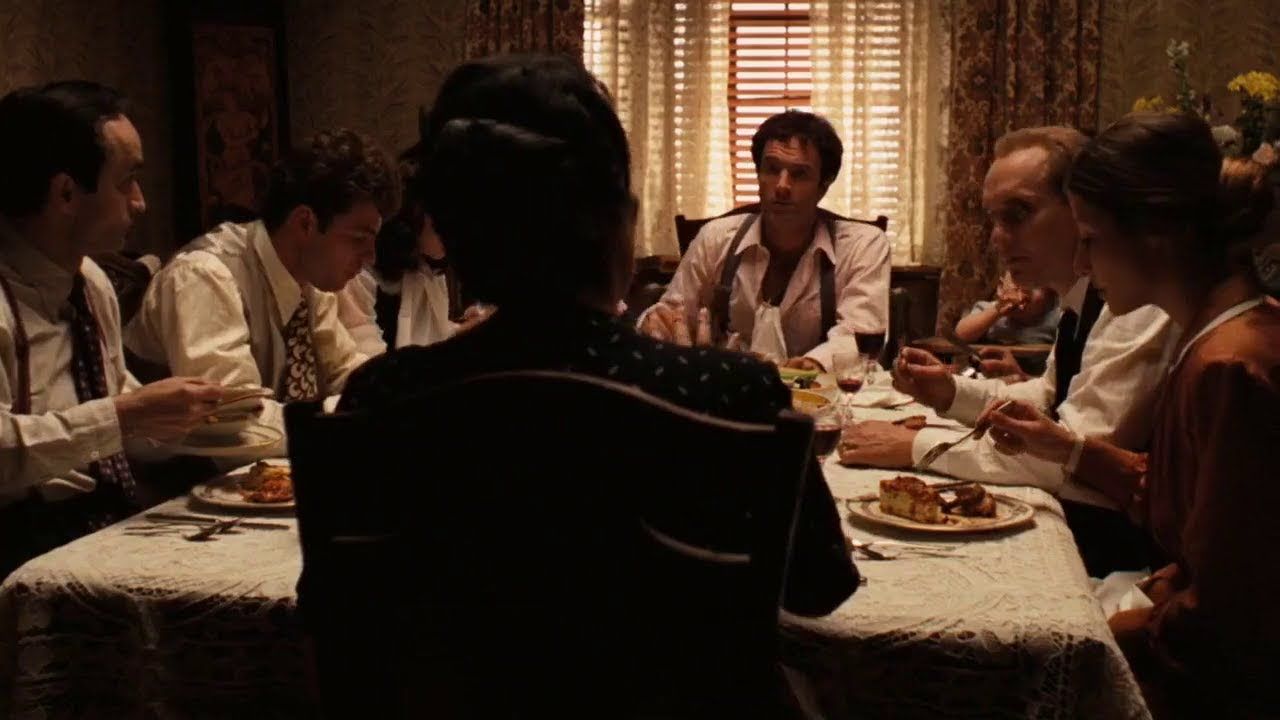Summary
- The author of The Godfather novel, Mario Puzo, relied on his New York upbringing to bring authenticity to his story.
- The Godfather characters like Vito Corleone run parallel with real-life mobsters such as Frank Costello.
- Mario Puzo's mother was another inspiration behind the iconic Vito Corleone in The Godfather.
Adapted from Mario Puzo's 1969 novel, The Godfather delves deep into the world of the Mafia through the lens of the Corleone family. The Oscar-winning film is often crowned as one of the best films of all time for good reason, as several of its characters, such as Marlon Brando'sVito Corleone and Al Pacino's Michael Corleone, have become a cultural touchstone.
Though the characters and plot in the film are fictional, many have served to be their inspirations. From Puzo's own family members to real-life mobsters to "the original true crime family" in the Renaissance, a number of real people and events have helped shape The Godfather into the legendary film it is. As a start, one thing that can't be ignored is the author's own upbringing.
How the Five Families — America's Most Powerful Mafia Empires — Inspired the Godfather
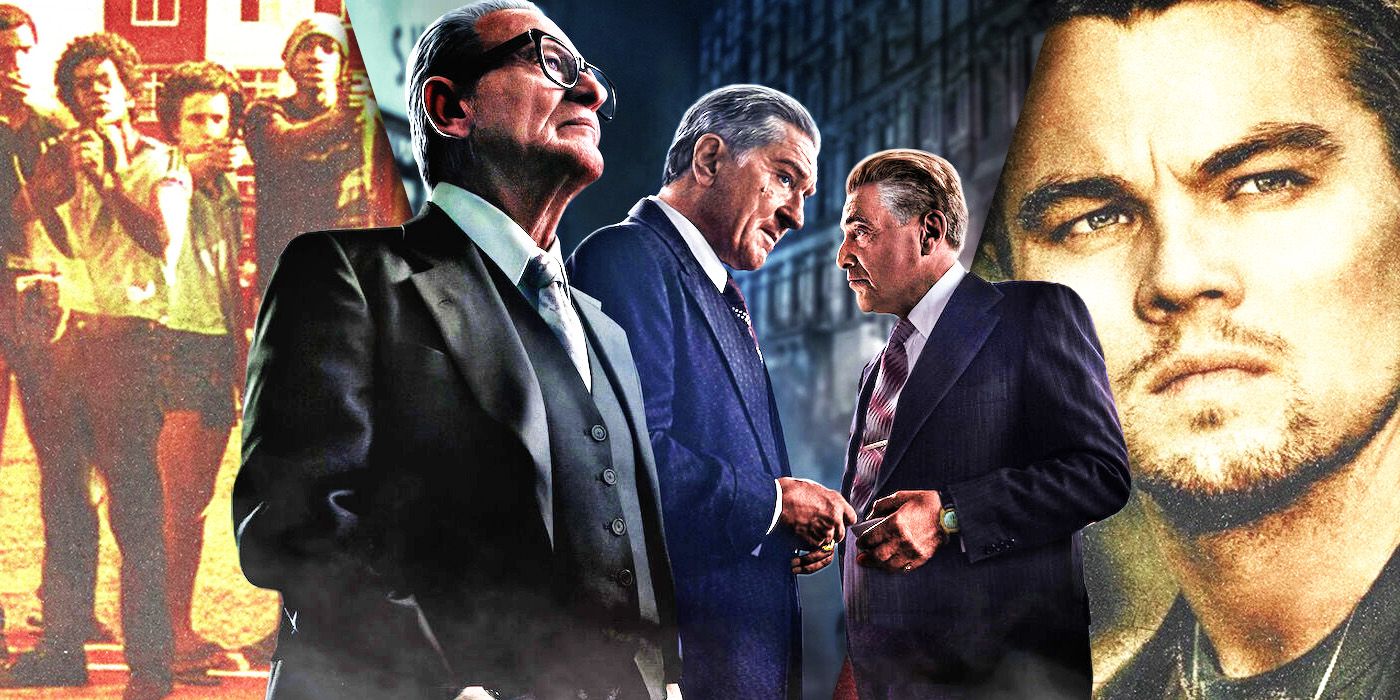
10 Best Modern Gangster Films, Ranked
While many fans remember older gangster movies like the Godfather, there are many modern gangster movies that are instant classics.Puzo admitted in his 1972 collective autobiography, The Godfather Papers and Other Confessions, that he had never met any real mobsters prior to writing The Godfather. The novel was purely based on his research on the topic. However, real crime bosses who had read the book all thought Puzo knew someone from the inside, who had been able to supply him with information. Puzo's accurate portrayal of organized crime evoked fear in some. Many also worried that their secrets would be out. Puzo, on the other hand, just happened to know a lot about gangsters, mostly due to his upbringing in Hell's Kitchen, New York in the mid 1900s.
The Godfather's author recalled being warned to stay home to avoid the gangsters in his neighborhood, which makes sense since his upbringing in Hell's Kitchen coincides with the peak time when the five major Italian American Mafia families (also known as the Five Families) were active. The Five Families were prominent in New York City from 1930 to 1970, with 1940-50 marking the height of their empire. The Five Families consisted of Bonanno, Colombo, Gambino, Genovese and Lucchese. There are many parallels between what happened to the Five Families and the plot of The Godfather.
Vito Corleone Resembles Five Families' Crime Bosses
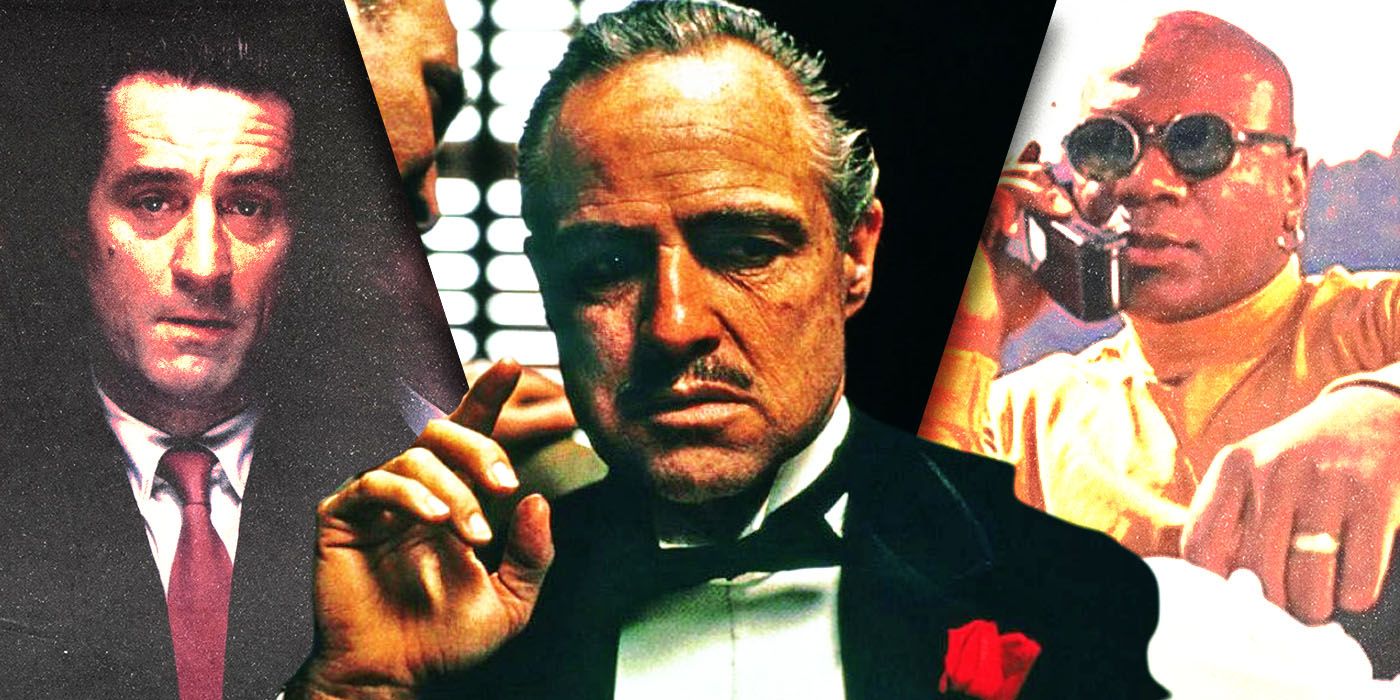
10 Most Iconic Movie Gangsters, Ranked
Gangster movies have always had a soft spot with moviegoers. As a result, many movies in the genre have been released, all with iconic gangsters.Vito Corleone is believed to be mostly based on the head of the Costello family, Frank Costello. Not only do Vito and Frank share the same birth year, 1891, but both their businesses also heavily revolved around gambling. In the film, Vito was gunned down during an assassination attempt after he had refused to invest in Sollozzo's drug business. Despite being shot five times, Vito survived. The real-life inspiration behind it was the attempt on Costello's life by a Genovese's gunman in 1957. Costello retired after surviving the assassination. Similarly, Vito went into semi-retirement after the recovery.
Just like Carlo Gambino, head of the Gambino family, Vito was a family man and a respected figure in crime. He had three sons and a daughter and died from natural causes. In The Godfather, Vito had an olive oil company as a front, Genco Pura Olive Oil Company, named after his childhood friend, Genco Abbandando. Similarly, Joseph Profaci used an olive oil company as a laundering enterprise. In The Godfather Part II, a young Vito eliminated Don Fanucci to solidify his position as a top crime figure in New York, which paved the way for him to eventually control the Commission. Similarly, Gambino plotted Albert Anastasia's assassination in 1957, which allowed him to seize control of the Commission.
Cultural historian Harlan Lebo interviewed Paramount executive Peter Bart for his book about the film, The Godfather Legacy, who revealed that Brando modeled his hoarse voice after Costello. To grasp the authentic feeling of mobsters, the studio also brought in real-life Mafia bosses. "Brando's discussions with local mob figures gave him an up-close view of the real Mafia," wrote Lebo, "and he gained an intimate appreciation of life in the criminal underworld by listening to wiretap tapes of several Mafia bosses the FBI gave Ruddy, among them a tape of Frank Costello, a hoarse-voiced don whose voice served as one of Brando's models for his performance."
Mario Puzo Admitted Don Vito Corleone Was Actually Modeled on His Mother
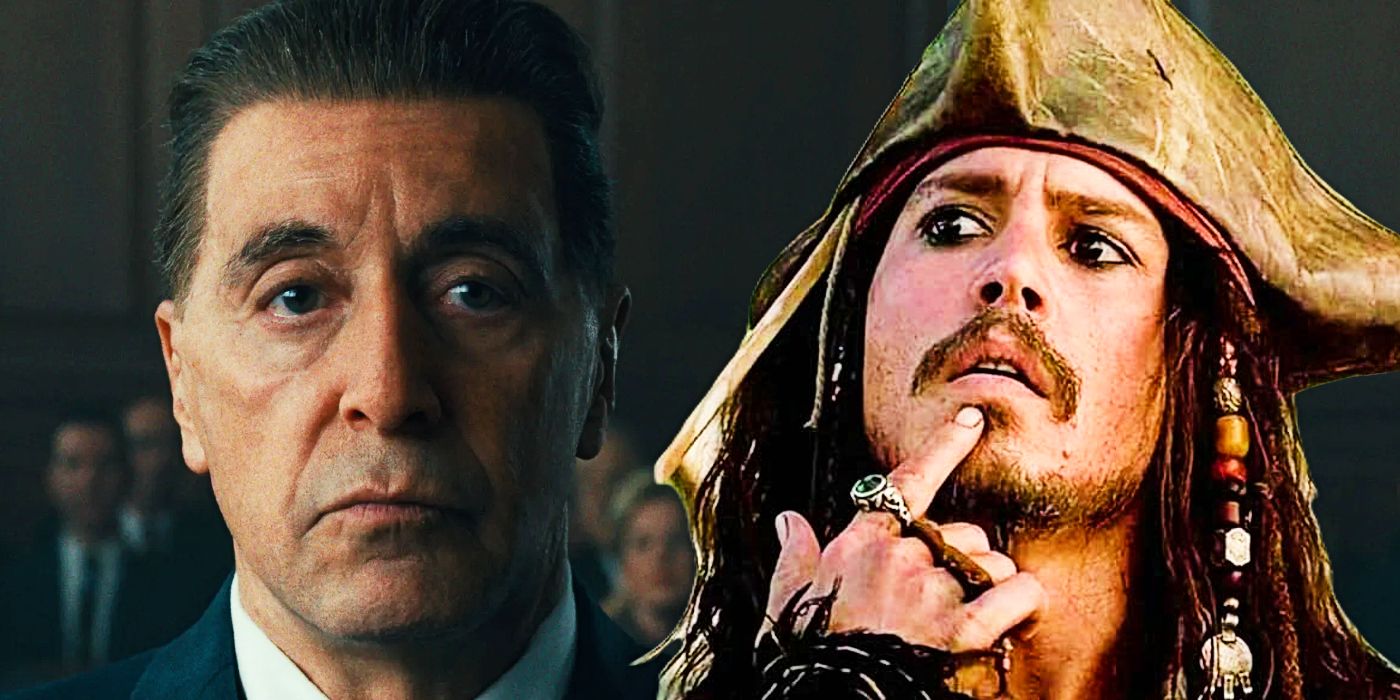
Johnny Depp Credits Al Pacino for His Directorial Return: 'How Could I Refuse Pacino?'
Johnny Depp is set to make his directorial return and he's crediting Al Pacino for it.What made Marlon Brando's Vito Corleone so iconic? The answer to this question goes to the core component of the character. Perhaps the Five Families inspired most of the plot and character settings, but Puzo actually based the center Godfather, Vito Corleone, off of his own mother, who was a beloved and respected caregiver. In the film, Vito valued respect and relationships more than money. He showed respect for everyone, no matter their social status and how much money they made. Vito treated his family and friends with warmth and generosity, but he could also be cruel and ruthless when it comes to business. Vito was nearly assassinated due to him standing his ground when refusing to engage in "dirty business" with the Sollozzo.
In a preface to his 1964 autobiographical novel, The Fortunate Pilgrim, Puzo revealed that his mother was the real inspiration behind Don Vito Corleone's character. While comparing the two in an interview with The New York Times, Puzo shed light on how his mother was similar to a crime boss. "Like the don, she could be extremely warm and extremely ruthless," said the author. According to Puzo, his mother "deliberately fostered a rumor" about her being rich to attract a new husband, aka Puzo's father, after her first husband was killed in an accident. Later on, his father was admitted to an insane asylum. When offered a chance for his father to return, his mother turned it down because "he would have been a burden on the family." "That's a Mafia decision," Puzo commented.
Unlike Brando, who turned to Costello for voice inspiration. Richard De Niro, who played a young Vito Corleone in The Godfather Part II, went to Puzo's Naples-born mother for inspiration. He imitated her so well that "whenever the Godfather opened his mouth," Puzo would hear the voice of his mother. "I heard her wisdom, her ruthlessness, and her unconquerable love for her family and for life itself, qualities not valued in women at the time," said the author. "The Don's courage and loyalty came from her; his humanity came from her...without Lucia Santa, I could not have written The Godfather."
Mario Puzo's Sister Inspired the Consigliere
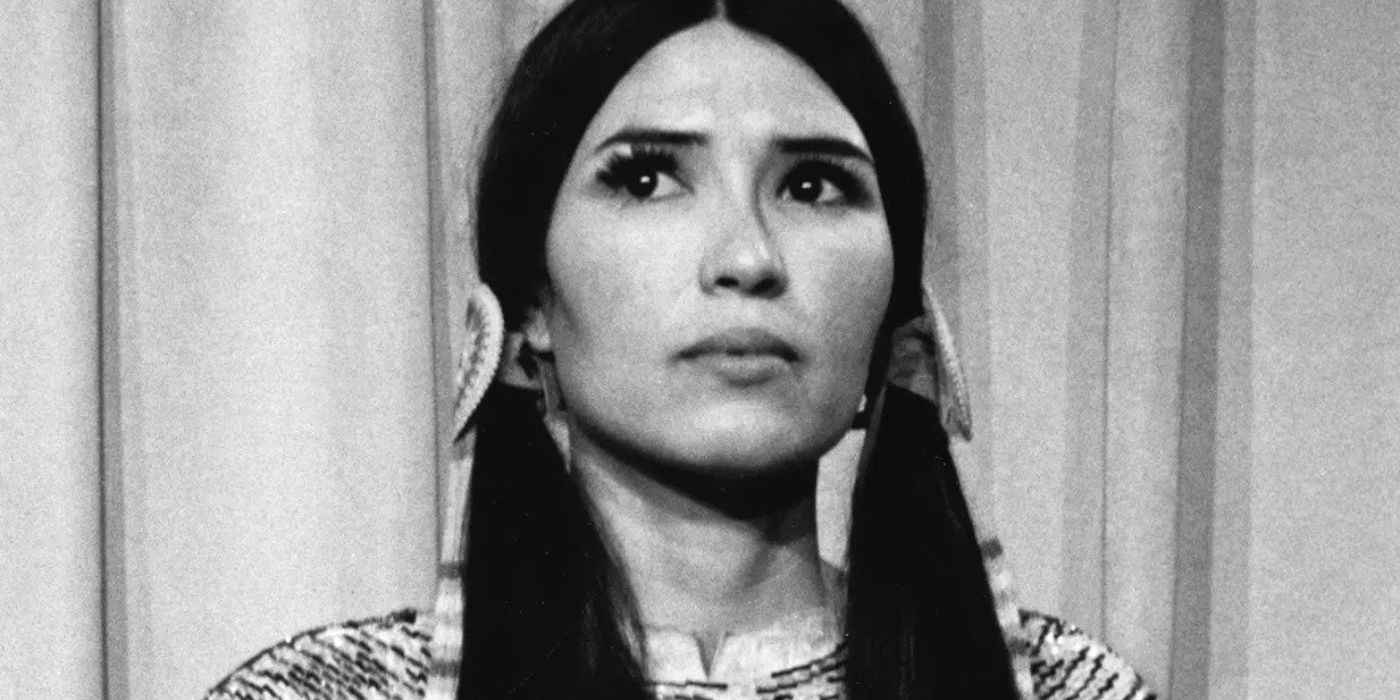
Actor Sacheen Littlefeather, Who Famously Declined Marlon Brando's 1973 Oscar, Dies at 75
Indigenous actor and activist Sacheen Littlefeather, who declined Marlon Brando's Oscar on his behalf, dies from lung cancer at 75 years old.Robert Duvall's Tom Hagen serves as the lawyer and consigliere to Vito Corleone, making him a loyal and fearful figure. Don trusted him to resolve Johnny Fontane's conflict with the studio. Hagen tried to negotiate with the movie producer, Jack Woltz. After his failed attempt, in which Woltz refused to put Johnny Fontane in the film, the movie producer woke up to find his prized thoroughbred horse's head in his bed.
In the same interview with The New York Times, Puzo revealed that the fearsome character in the Francis Ford Coppola film was actually inspired by his sister, who "could be pretty tough" and "much like the consigliere." Puzo recalled her bracked his elder brother's head open with a milk bottle after bringing home a bad report card. "She scared me so much that when I was in the eighth grade and I got a bad report card, I changed the marks," said Puzo.
Deep Character Connection Between the Borgias and the Corleone
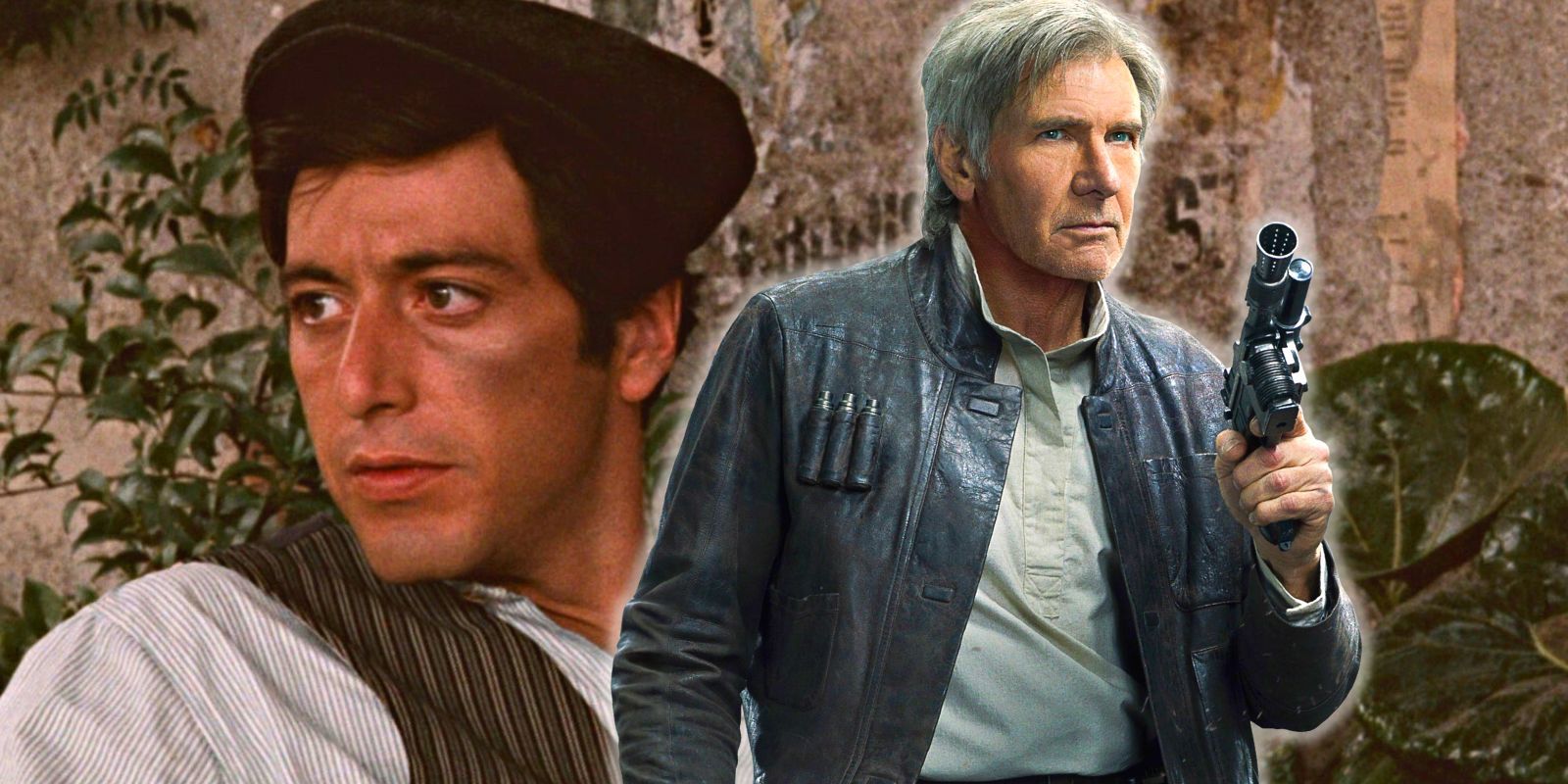
Al Pacino Jokes He 'Gave Harrison Ford a Career' by Turning Down Star Wars
Reminiscing about the time he didn’t take the part of Han Solo, Al Pacino humorously prides himself on kickstarting Harrison Ford’s career.Aside from real-life mafia bosses and family members, Puzo was deeply fascinated by what he called "the original true crime family," the historic House of Borgias during the Italian Renaissance. The author spent ten years researching the subject and then another twenty years writing a book. He eventually couldn't finish the project and had his long-time girlfriend complete it for him. The novel, published in 2001, was named, The Family.
The Borgias are basically the Corleones from an earlier time. Just like Vito Corleone, Rodrigo Borgia faced the same situation as an immigrant having to raise his family in a foreign country. Despite Don Vito Corleone wanting to make peace with the heads of the other five, his son, Santino was murdered. Similarly, Alexander VI lost his son Juan, who, like Santino, was also violent and unintelligent, abusive and impulsive. Vito's youngest son, Michael, eventually took over the family and business as the new Godfather. Calculated and several steps ahead of the others, Al Pacino's Michael Corleone eventually massacred the Five Families. Just like Michael, Rodrigo's son, Cesare Borgia, who displayed similar personal traits, also eliminated all other threats and became the only power in the area.
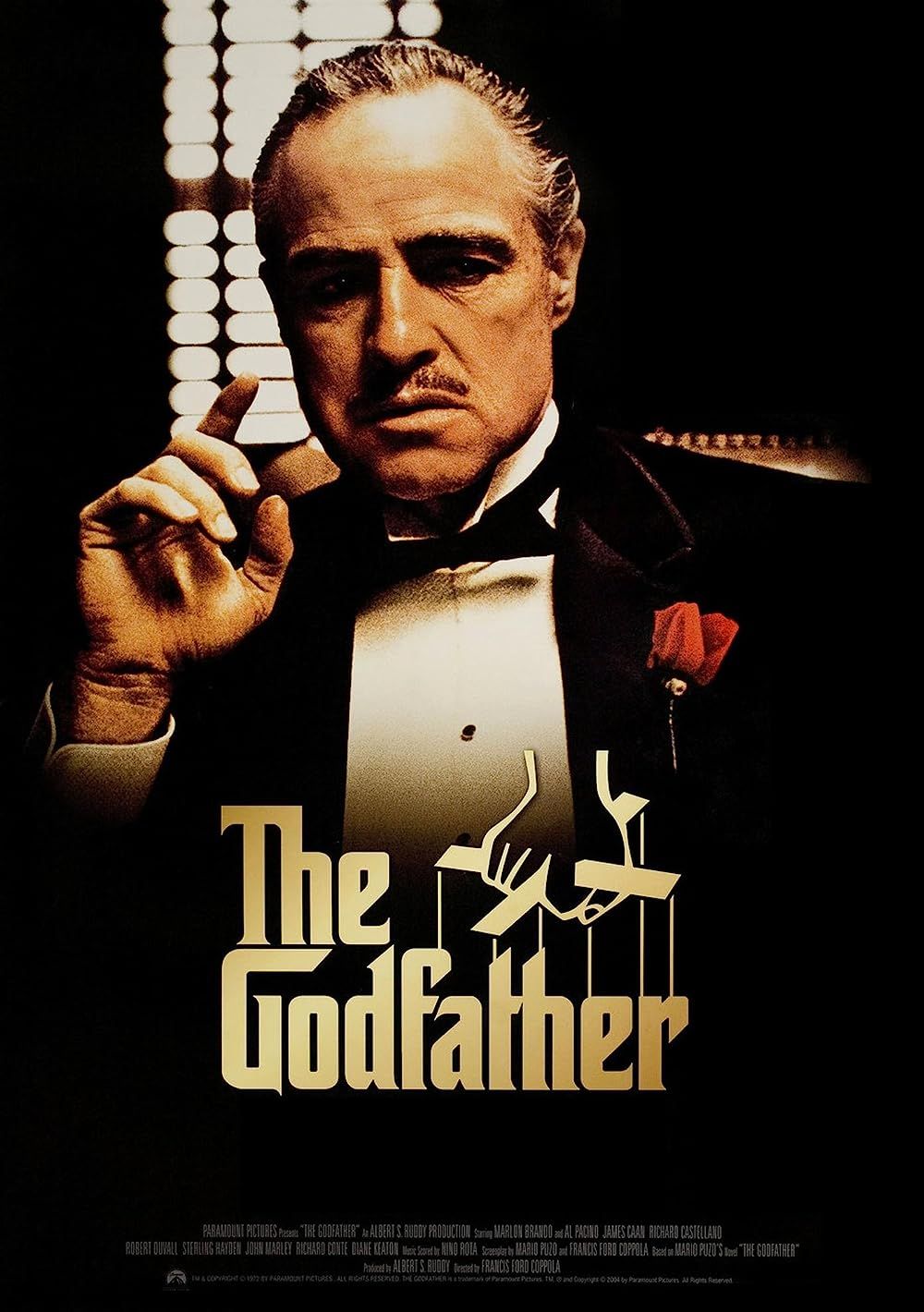
The Godfather (1972)
Don Vito Corleone, head of a mafia family, decides to hand over his empire to his youngest son Michael. However, his decision unintentionally puts the lives of his loved ones in grave danger.
- Director
- Francis Ford Coppola
- Release Date
- March 24, 1972
- Cast
- Marlon Brando , Al Pacino , James Caan
- Writers
- Francis Ford Coppola , Mario Puzo
- Runtime
- 2 hours 55 minutes
- Main Genre
- Crime
- Production Company
- Paramount Pictures, Albert S. Ruddy Productions, Alfran Productions

